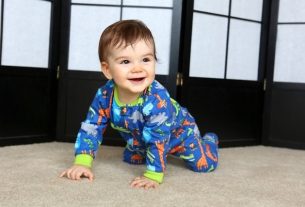Functional training is a method of physical activity performed without gym equipment, which aims to improve physical condition by imitating normal everyday movements.
Functional training helps you lose weight and ensure a well-defined and firm body in just a few weeks of training, because it works several muscle groups at the same time, favoring increased metabolism, caloric expenditure, gaining muscular resistance and improving physical conditioning.
Furthermore, functional training also serves to strengthen the abdomen and lower back, prevent injuries, reduce fatigue and strengthen muscles. Functional training is intense, dynamic and carried out in circuits, with time usually set for carrying out the series of exercises without taking breaks between movements, just between one series and another.

Main benefits
The main benefits of functional training are:
- Improved physical conditioning and cardiorespiratory capacity;
- Increases muscle strength;
- Promotes weight loss, as there is an increase in metabolism, favoring fat burning even after training;
- Promotes muscle definition;
- Improves motor coordination;
- Improves posture and body balance;
- Reduces the chances of injuries;
- Improves flexibility.
The benefits of functional training are due to the fact that they are performed at high intensity, helping to increase metabolism and calorie expenditure and improve physical conditioning. However, in order to guarantee the benefits of functional training, it is important that the practice is monitored by a physical education professional so that the exercises are performed correctly and intensely to obtain benefits.
How to do functional training
Functional exercises can be performed in any space and are quick, with circuits ranging from 20 to 40 minutes depending on the size and number of series to be performed.
Functional training exercises are normally performed in circuits, which stimulates cardiorespiratory improvement, in addition to promoting greater physical resistance. For the person to feel the benefits of functional training, it is important that it is done under the guidance of a physical education professional, as this means that a circuit can be built according to the person’s goals. Check out some examples of functional exercises.
Functional training can be done by athletes, postpartum, sedentary people or anyone interested in increasing flexibility, losing weight and strengthening muscles. There are no contraindications, as the exercises can be adapted to the individual’s needs, which means that functional training can be practiced even by elderly people with orthopedic diseases such as arthritis, osteoarthritis, back pain, herniated discs and others.

Sign up for our newsletter and stay up to date with exclusive news
that can transform your routine!
Warning: Undefined array key "title" in /home/storelat/public_html/wp-content/plugins/link-whisper-premium/templates/frontend/related-posts.php on line 12
Warning: Undefined array key "title_tag" in /home/storelat/public_html/wp-content/plugins/link-whisper-premium/templates/frontend/related-posts.php on line 13




